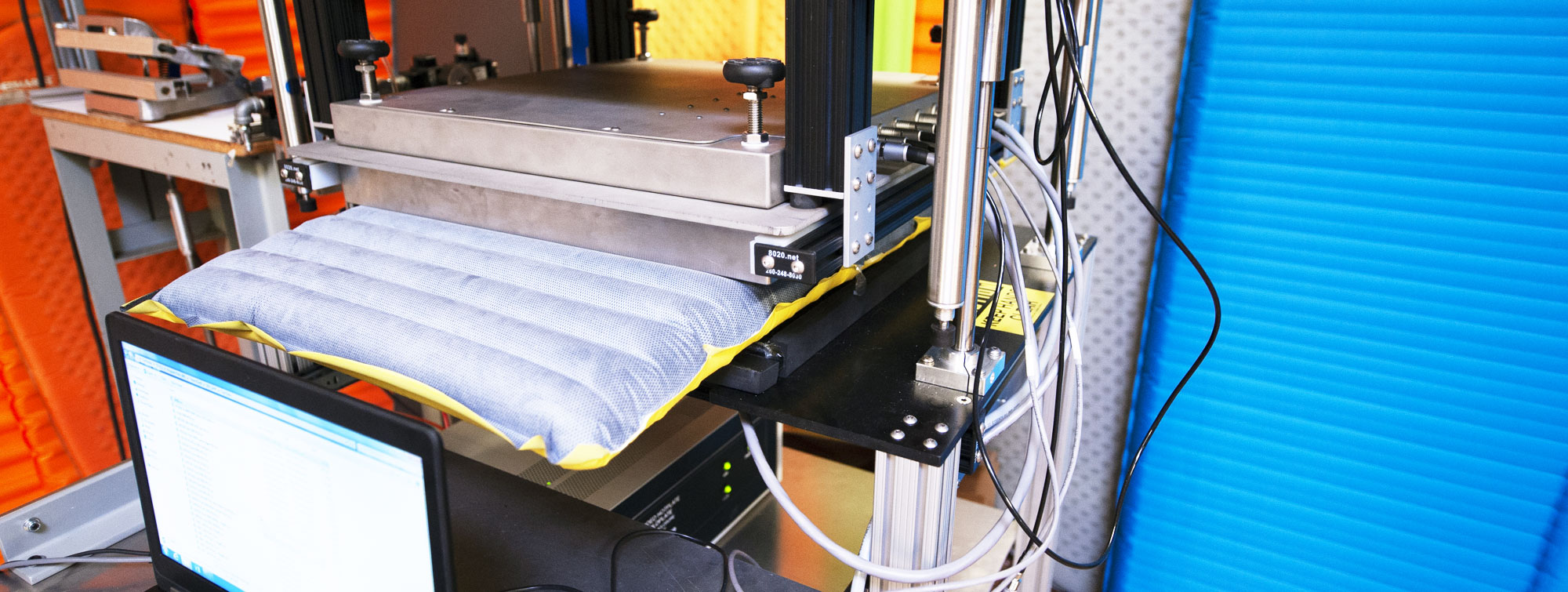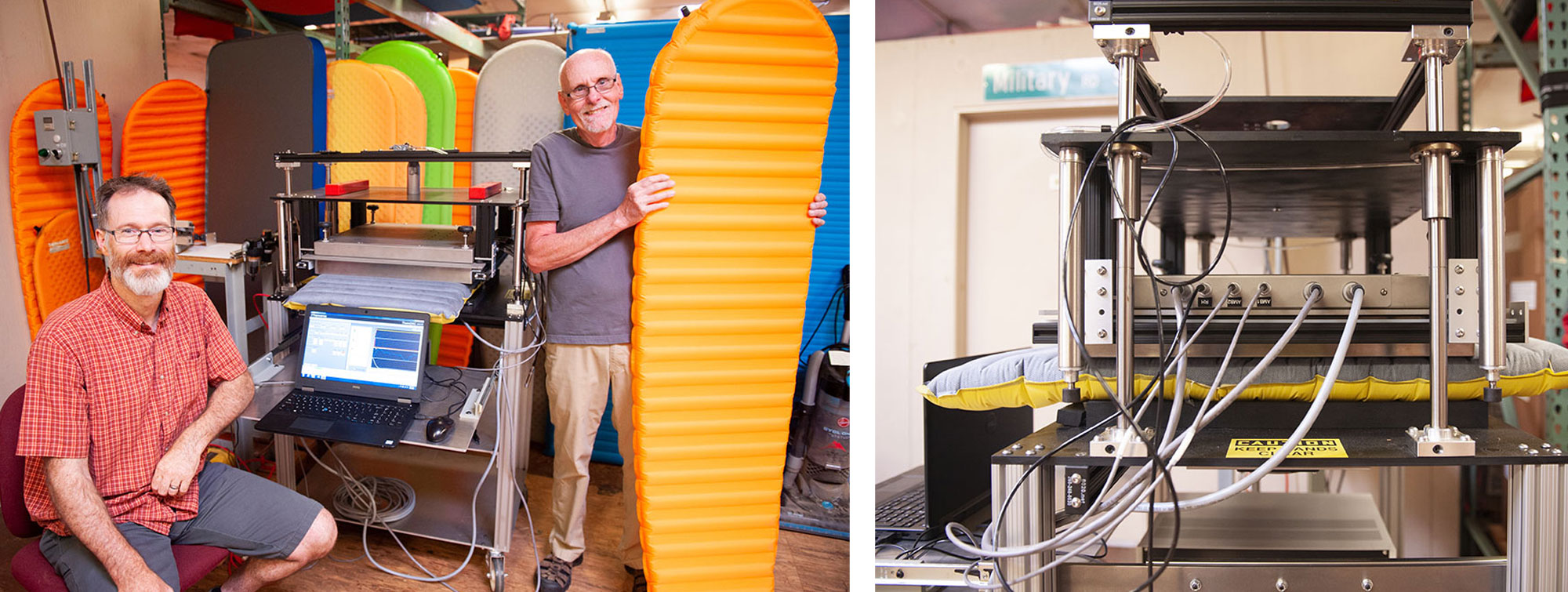R-Value Explained
May 23, 2022

What is an R-value?
The R-value is a measure used to rate how well your sleeping mat will stop heat loss. Thermal resistance is the measurement that indicates a materials ability to insulate - there are a number of different ways to express this but, as they all measure the same factor, they are all related. The starting point is the R-value.
In the past, some brands quoted the R-value in SI units, others in US units and some using a TOG rating. Additionally, there was no standard method for testing so it was hard to make accurate comparisons between brands.
In real terms, the R-value tells you how well your sleeping mat will help to keep you warm as part of your sleep system.
New R-value Standard
From 2020, a new industry standard has been adopted by most brands for the measurement of R-value, developed by ASTM International – the ASTM FF3340-18 R-value standard.
This new standard has defined how the majority sleeping mats on the market will have their R-values measured and quoted in the future.
Some brands didn’t quote R-values in the past. Instead, they quoted a recommended temperature range but now almost all brands be working to the ASTM F3340-18 R-value. All measured in the same way allowing direct comparison for the first time. This standardised R-value is more like the EN rating on sleeping bags, giving more confidence when selecting such a key item of your backpacking kit.
What temperature does the ASTM F3340-18 relate to?
Simply put, the higher the R-value figure, the more insulating and therefore warm, that the mat will be.
Every person sleeps differently, so it’s impossible to give exact temperature estimates. Additionally, the conditions such as ground temperature, the shelter you are using and other factors can have an impact on the performance of the mat.
There are also other personal factors to consider including physiological differences (women tend to sleep colder at night than men), tiredness, sleeping bag selection, diet etc all influence how warm the sleeper will feel.

As a rule of thumb mats can be broken down into 3 categories – Summer, 3 Season and Winter:
- Summer – roughly ASTM F3340-18 R-value 0.1 to 2.0 - mats aimed at temperatures no lower than 5C. These mats will tend to be air mattresses with little to no insulation inside them.
- 3 Season – R-value 2.0 to 4.5 – mats containing moderate levels of insulation and suitable for typical temperature ranges of +10C to -10C.
- Winter – ASTM R-value 4.5 + (the colder the temperature the higher the R-value you will require) - suitable for use in Winter temperatures of -10C and below (often combined with a Closed Cell Foam mat in extreme temperatures).
These are just rough guides so we would recommend speaking to a member of our team if you would like help choosing a mat appropriate for your activities.
Sea To Summit have produced an excellent guide to the new R-value standard which is shown below.

Previous Measures
The old standards may still be measured in the same way by a minority of small brands.
In the past, most of the world expressed the R-value in 'SI' units. In this case an R-value of 1 is equivalent to 1 m2K/Watt. A material is said to have an R-value of 'X' when the temperature difference between the surface is 'X' degrees Celsius when the flow of heat through the material is equal to 1 Watt per square metre.
The exact meaning is perhaps not important when choosing a sleeping mat – it’s more the relative performance of each mat that you need to know. So, all mats with an R-value quoted in SI units can be compared directly with one another.
Some of our manufacturers quote insulation value using a 'TOG' rating - more commonly found to rate duvets. A TOG rating of 12-14 is thought to be typical for a duvet suitable for winter use. For our purposes we need a conversion to the R-value expressed in SI units.
Happily, the TOG value is based on the R-value and the conversion for that is:
1 TOG = 0.1 R(SI) = 0.1 m2K/Watt
A mat with a TOG rating of 3 would equate to having an R-value (SI) of 0.3
US Methods differed slightly. In the US R-values are expressed using imperial units of ft2F/Btu. The conversion is less neat than a TOG rating but still straightforward:
1 R-value (US) = 0.17622 R-value (SI)
Thus, US quoted R-values are more than 5 times higher than the SI unit version.
